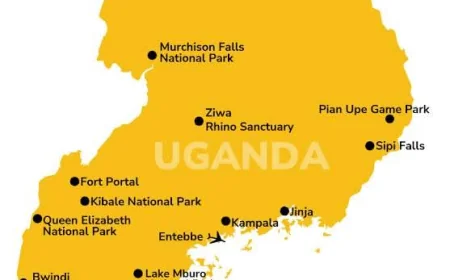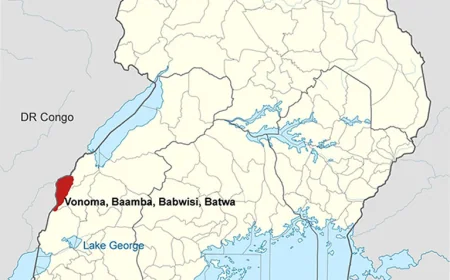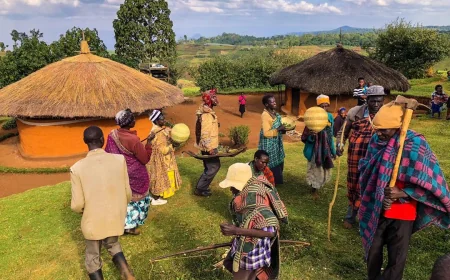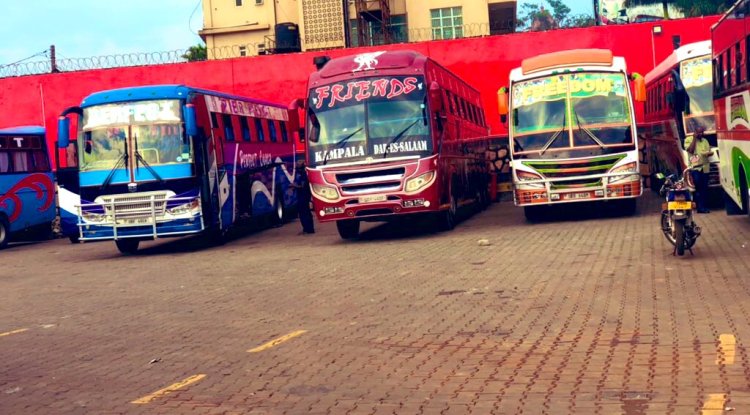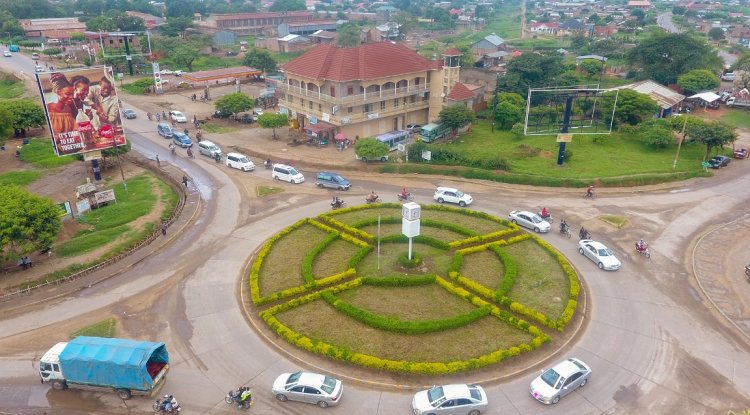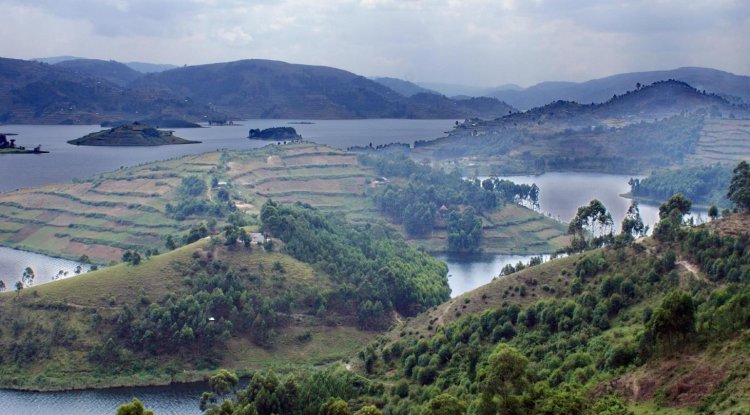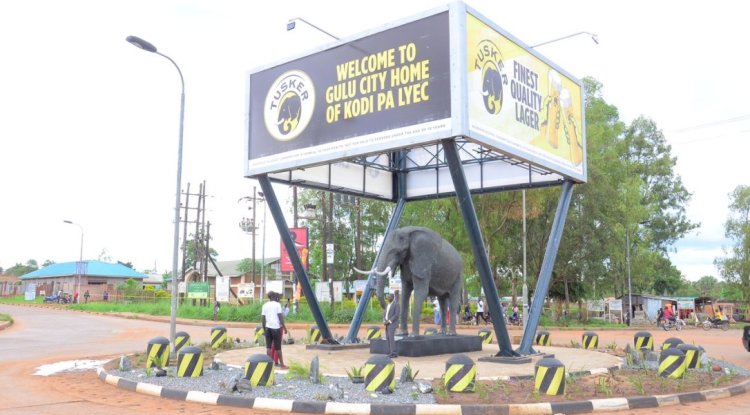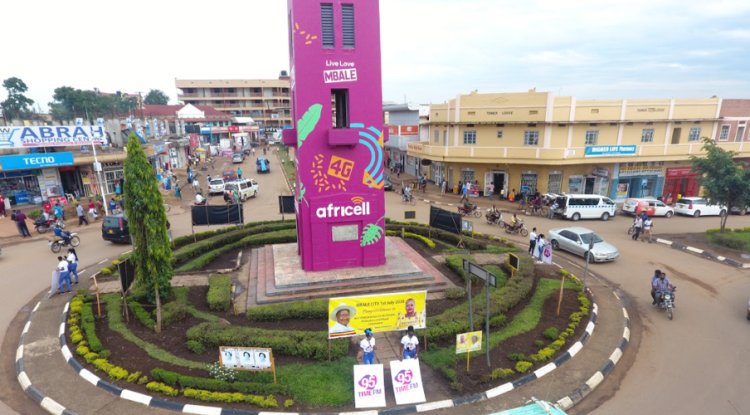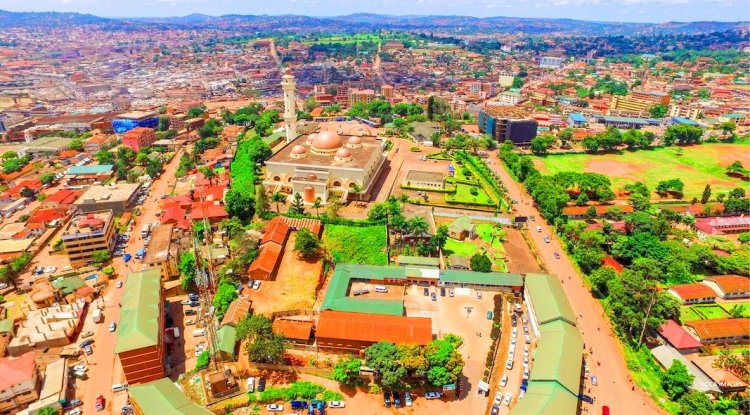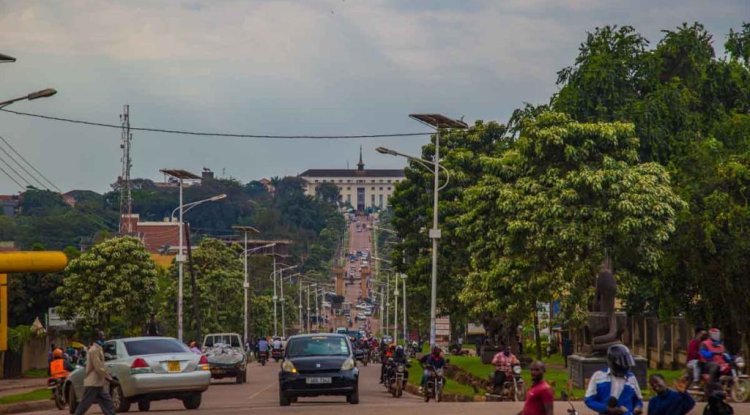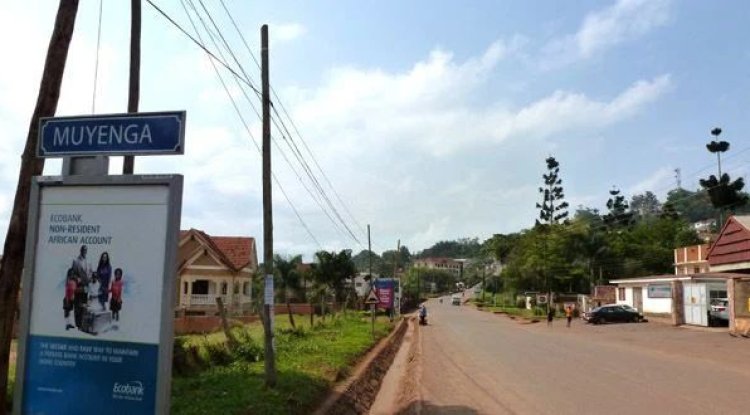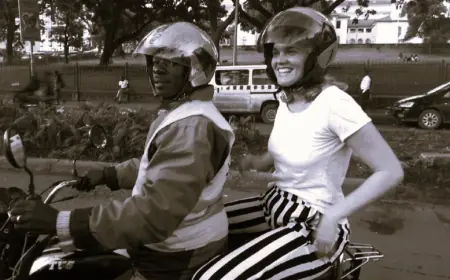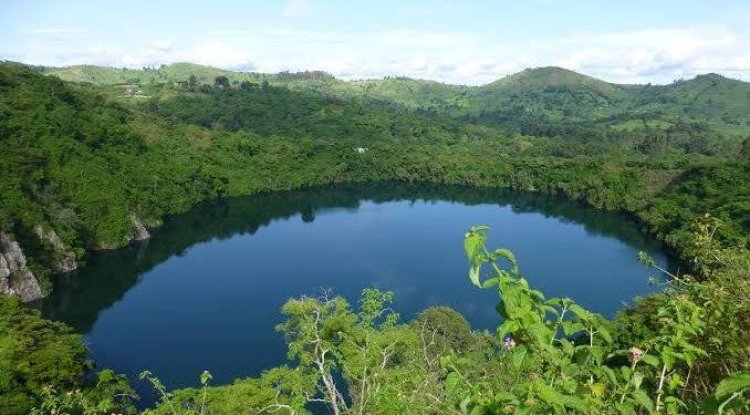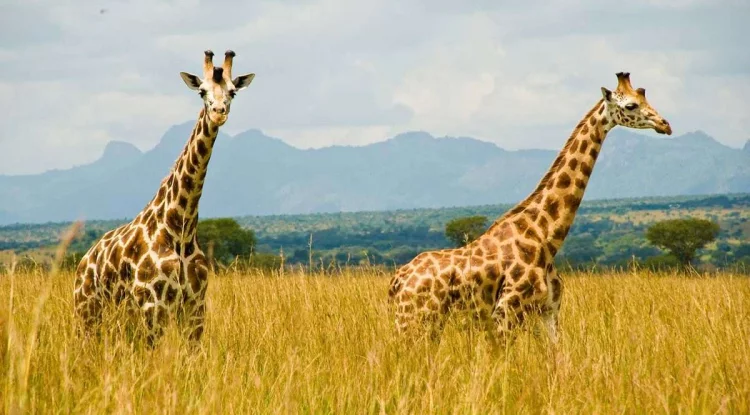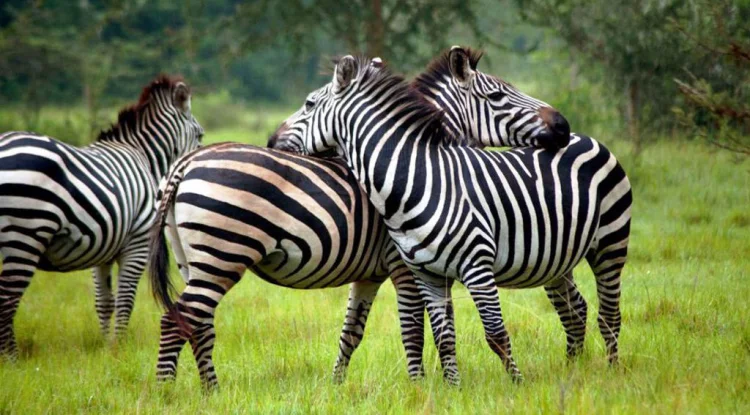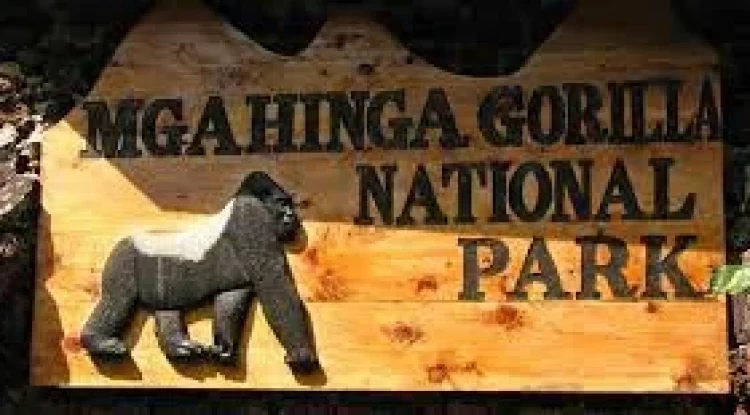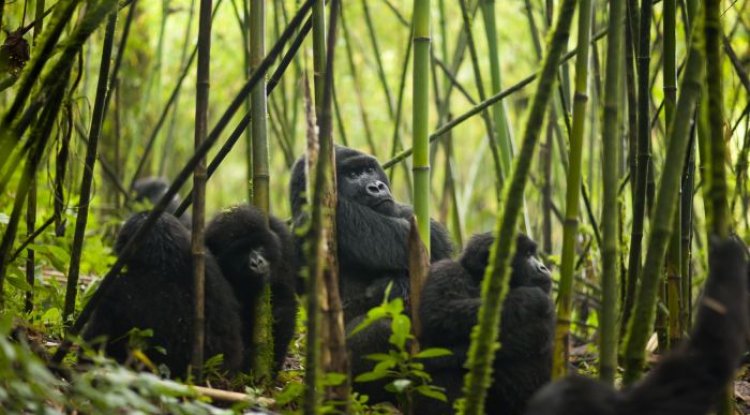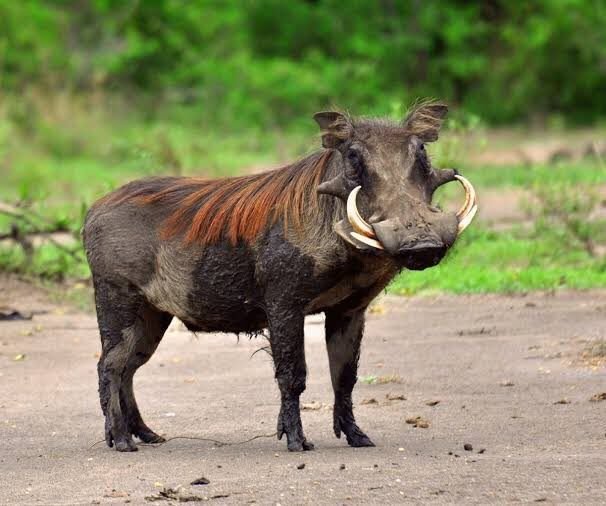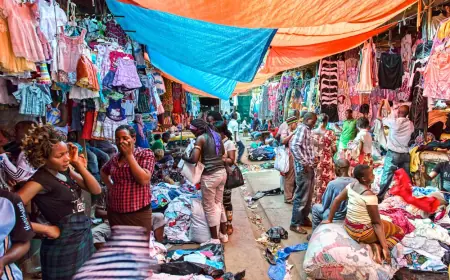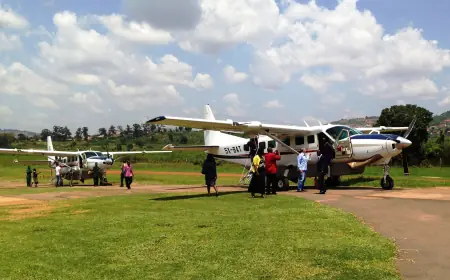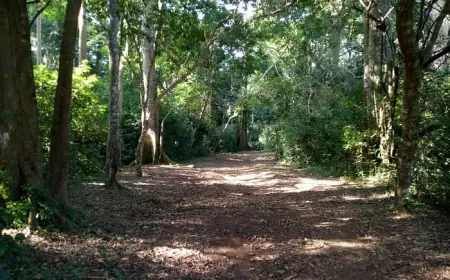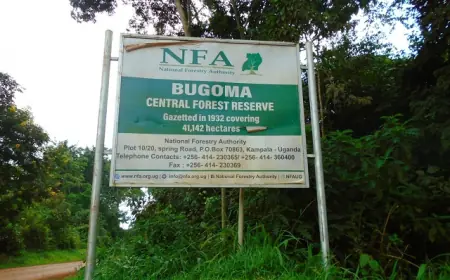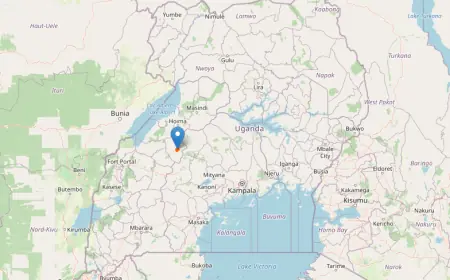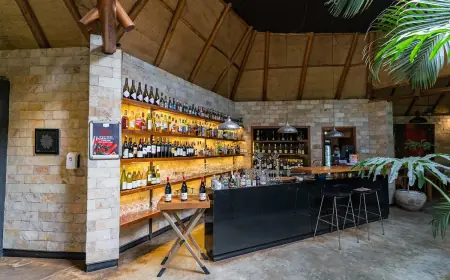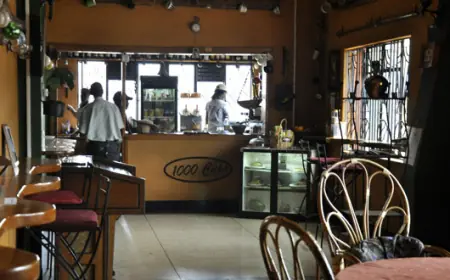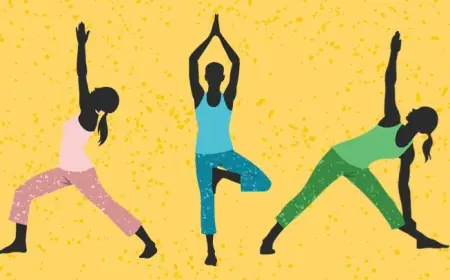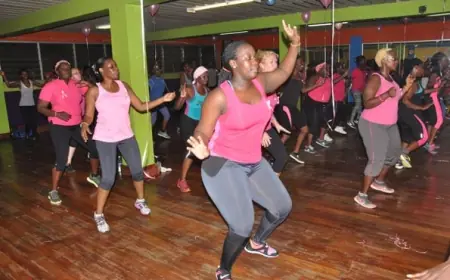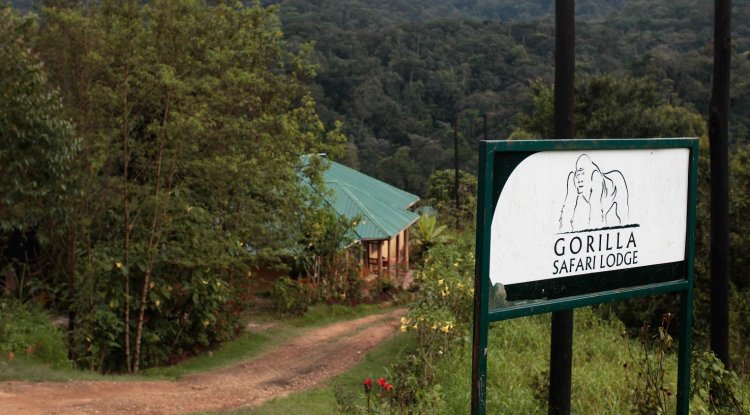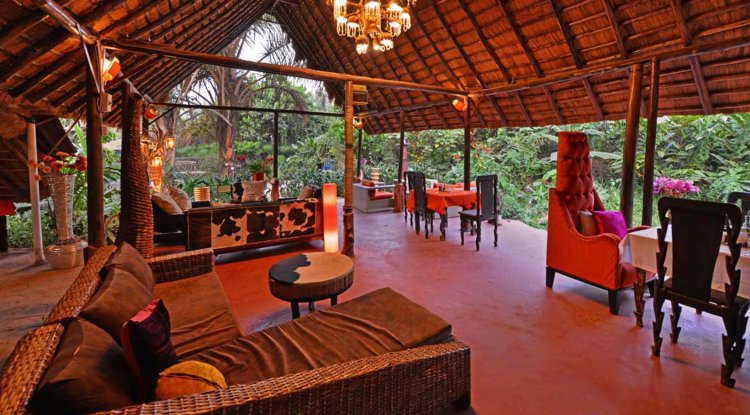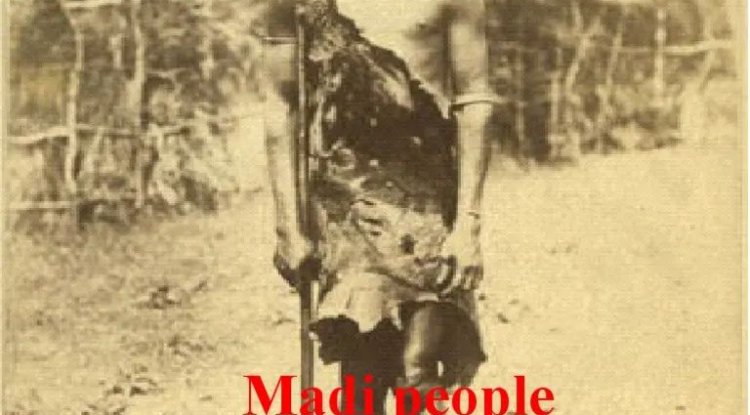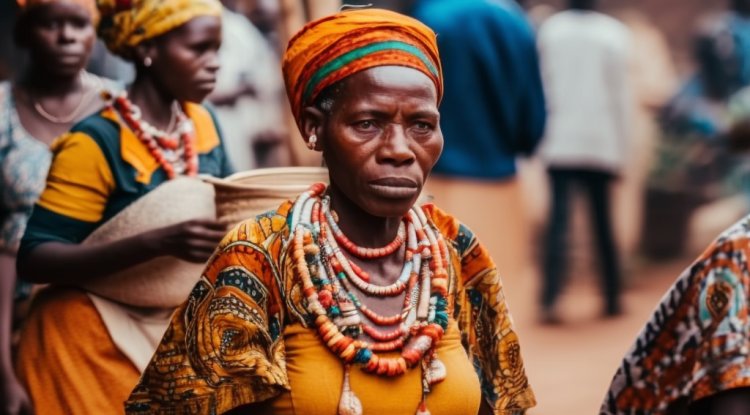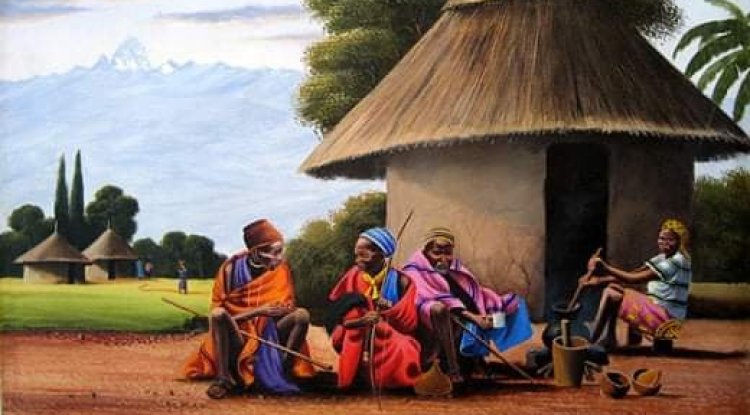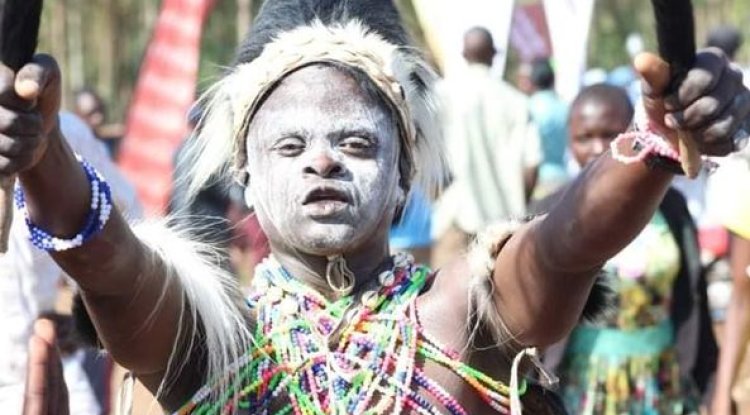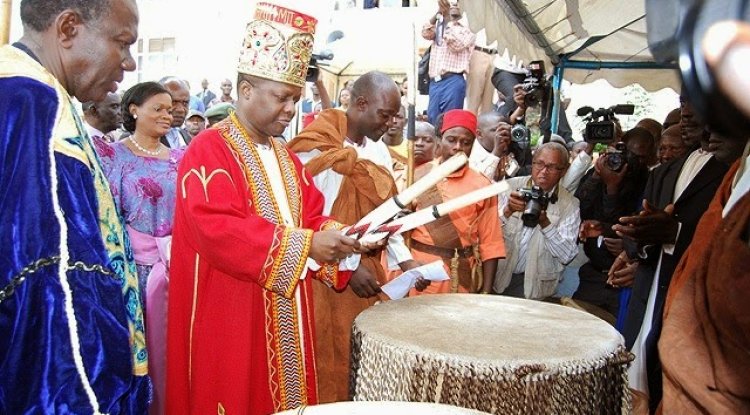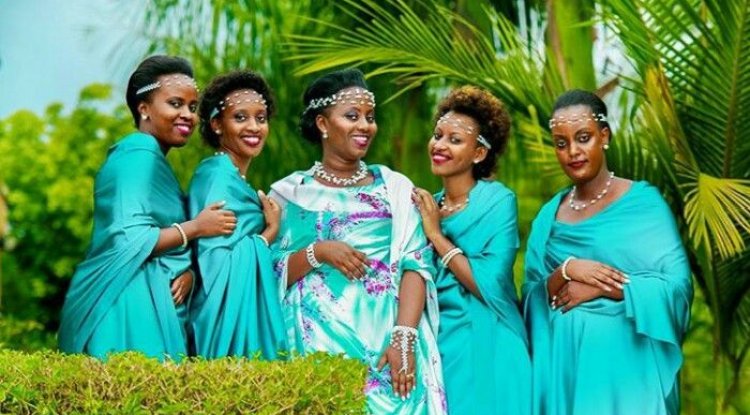The Sebei Tribe
The Sebei tribe, also known as the Sabiny or Sapiny, is a fascinating ethnic group with a rich cultural heritage. While many blogs touch upon the basics, this article delves deeper into lesser-known aspects of the Sebei people. From their language and lifestyle to their remarkable achievements, let’s explore the hidden gems of this remarkable tribe.
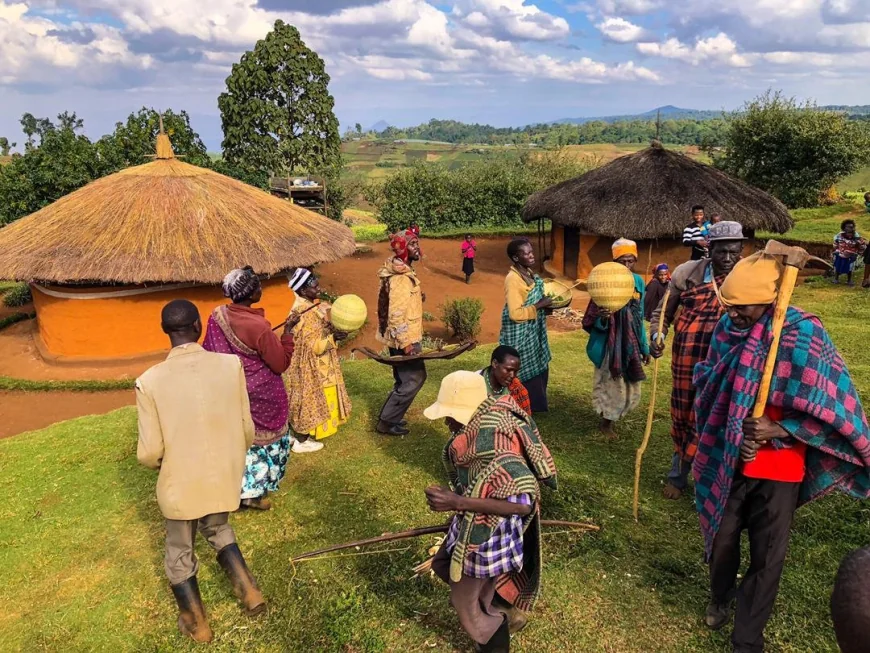
Origins and Distribution
The Sebei people are part of the Southern Nilotic ethnic group. They inhabit the slopes of Mount Elgon, which straddles both Uganda and Kenya. Their estimated population is around 300,000, primarily concentrated in three Ugandan districts: Bukwo, Kapchorwa, and Kween. Interestingly, their territory shares borders with Kenya, home to over six million Kalenjin people, to which the Sebei belong.
Language and Identity
The Sebei speak Kupsabiny, a Kalenjin dialect. This language links them to smaller Kalenjin-speaking groups settled around Mount Elgon. Their unique linguistic heritage sets them apart and reflects their historical ties to the region.
Cultural Insights
Simple Lifestyle
The Sebei people lead a relatively simple lifestyle. Their core activities revolve around
-
Cattle Keeping: Cattle rearing remains central to their livelihood.
-
Crop Cultivation: They grow crops to sustain their families.
-
Beer-Making: Traditional beer production plays a role in their social gatherings.
Social Structure
Due to their laid-back culture, the need for complex social structures is limited. Sebei society is relatively peaceful, with few criminal offenses. Their legal system distinguishes between two levels of offenses: major crimes like murder and physical assault, and lower-level disputes related to property or civil matters.
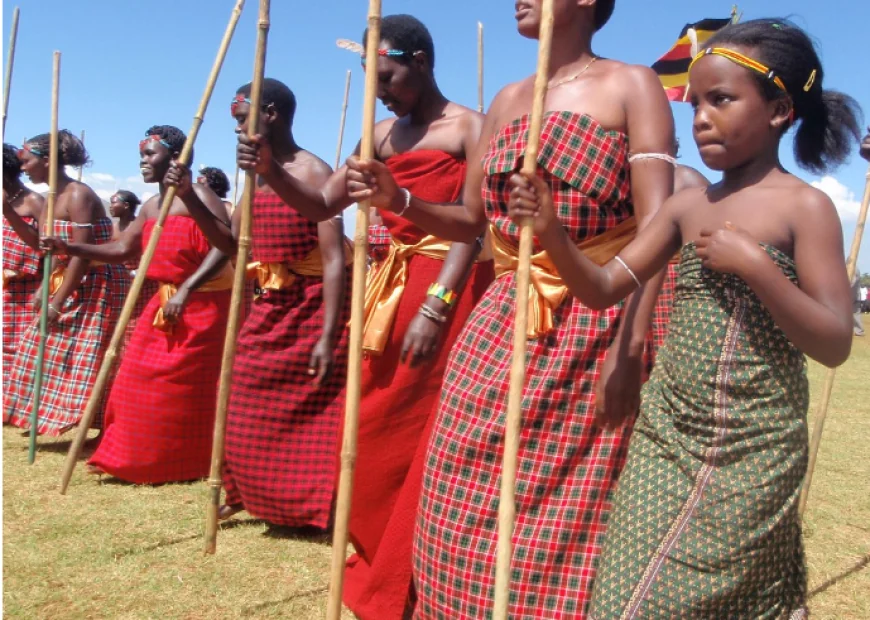
Clan and Lineage
Each Sebei is a member of a clan (aret, arosyek, pl.), which is a patrilineal, rigidly exogamous social unit. Aret membership is the most essential affiliation in a man's life; it is the first thing he wants to learn about a stranger. A man cannot change clan affiliation, except when clans split apart. Clans have a strong spiritual pull on their members, and some believe such qualities are passed down genetically.
There are around two hundred distinct clans among the Sebei, yet a precise list cannot be created. Each clan is made up of the descendants of a single founder, and its name is usually established by prefixing the phrase kap (descendants of) with the founder's name. Some, however, have names derived from mythical narratives or a habit or practice attributed to the creator.
Rites of Passage
The Sebei practice circumcision as a rite of passage into adulthood. Both teenage boys and girls undergo this significant cultural tradition. It symbolizes their transition from youth to responsible members of the community.
Religion
The majority of Sabiny are Christians. According to the 2002 Ugandan Census:
-
40.5% are Anglican (Church of Uganda).
-
23.4% are Roman Catholic.
-
18.3% follow Pentecostal denominations.
-
9.7% adhere to Islam.
-
7% follow other religions.
Notable Achievements
The Sebei people have produced remarkable athletes who have made their mark on the global stage:
-
Joshua Cheptegei: 2022 World Champion in the 10,000 meters.
-
Jacob Kiplimo: 2022 Bronze Medalist in the 10,000 meters.
-
Oscar Chelimo: 2022 World Bronze Medalist in the 5,000 meters.
-
Peruth Chemutai: 2020 Olympics Gold Medalist in the 3,000 meters steeplechase (women).
-
Stephen Kiprotich: 2012 Summer Olympics Marathon Gold Medalist.
-
Moses Ndiema Kipsiro: 2007 World Athletics Bronze Medalist in the 5,000 meters.
-
Stella Chesang: 2018 Commonwealth Gold Medalist in the 10,000 meters.
Conclusion
The Sebei tribe’s unique blend of tradition, language, and athletic prowess deserves recognition beyond the surface. As we celebrate their achievements, let’s also appreciate the lesser-known aspects that make the Sebei people truly remarkable.
What's Your Reaction?
 Like
0
Like
0
 Dislike
0
Dislike
0
 Love
0
Love
0
 Funny
0
Funny
0
 Angry
0
Angry
0
 Sad
0
Sad
0
 Wow
0
Wow
0
